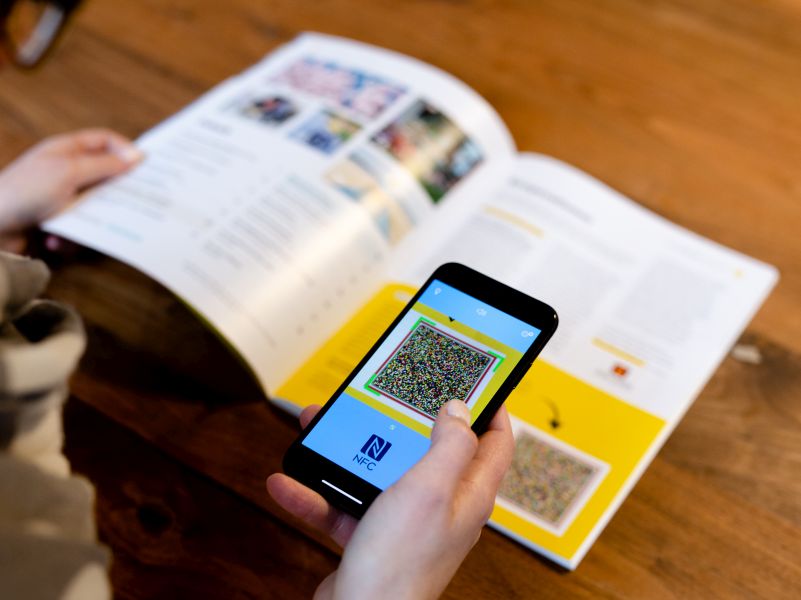Reading difficulties are a problem that affects nearly 20% of the population in the EU. Approximately 40 million people are therefore “functionally illiterate.”
This refers to people who have learned to read and write, but cannot use it well enough. They are unable to read and comprehend even simple texts.
The Austrian daily newspaper “Der Standard” reported that according to the OECD in Austria 960,000 of the 16 – 65 year olds are affected by reading difficulties.
The reasons are manifold:
Low education, cognitive impairments, dyslexia, ignorance of the Latin characters commonly used in our country or general language deficits.

Functional illiterates cannot read and write sufficiently well despite attending school.
Whether official documents, contracts, medical reports, instructions for use or advertising catalogs: Those who can only read poorly cannot absorb this information.
This applies not only to people with reading difficulties, but also to all people with visual impairments!
However, reading difficulties are not only a problem for those affected, but also for the providers of the information.
This is because they do not sufficiently fulfill their duty to inform this group of people, which in many cases is a legal requirement. This can even lead to unpleasant liability situations.

Not being able to read or understand information can even be dangerous!
If messages are to reach people with reading difficulties, written texts alone are not enough.
It is better to apply the two-senses principle. This originated in legislation on the rights of people with disabilities. It states that information should always be provided for at least two senses: That is, for reading AND hearing or for reading AND touching.
Braille and pyramid writing are tactile writings.
However, they do not help those people who cannot read at all. For them, audio formats or videos in simple language are a better choice.

Text AND speech – a comfort for people with and without reading difficulties!
Audio Format has many advantages: It supports all people, who have problems with reading, whether due to reading difficulties or visual impairment.
With SpeechCode, written information can be easily converted into audio format and printed as data code. Users scan the code with the free speechcode app.
The content appears on the display and is read out aloud at the same time. And all this without the need for the Internet.
For some, this is absolutely necessary; for others, it’s a convenience that keeps hands and eyes free.

SpeechCode even makes an entire magazine accessible to people with reading disabilities. Photo @Meine Reisewelt
Find out how SpeechCode works: 5 steps to your personal SpeechCode - try it now!
read moreFunctional illiteracy affects around 100 million people in the EU. Why is this a problem? And what solutions are…
read moreUsability is key for success. Therefore Universal design makes sense. Find 10 examples for best usability here
read moreFind out, why voice assistants can improve the reach of your messages and the comfort of the recipients.
read moreFind out why Universal Design is not just about accessibility, but rather about good usability
read moreRead the latest SpeechCode blogs and news on the topics Universal Design, Customer Focus and Digitalisation.
read more